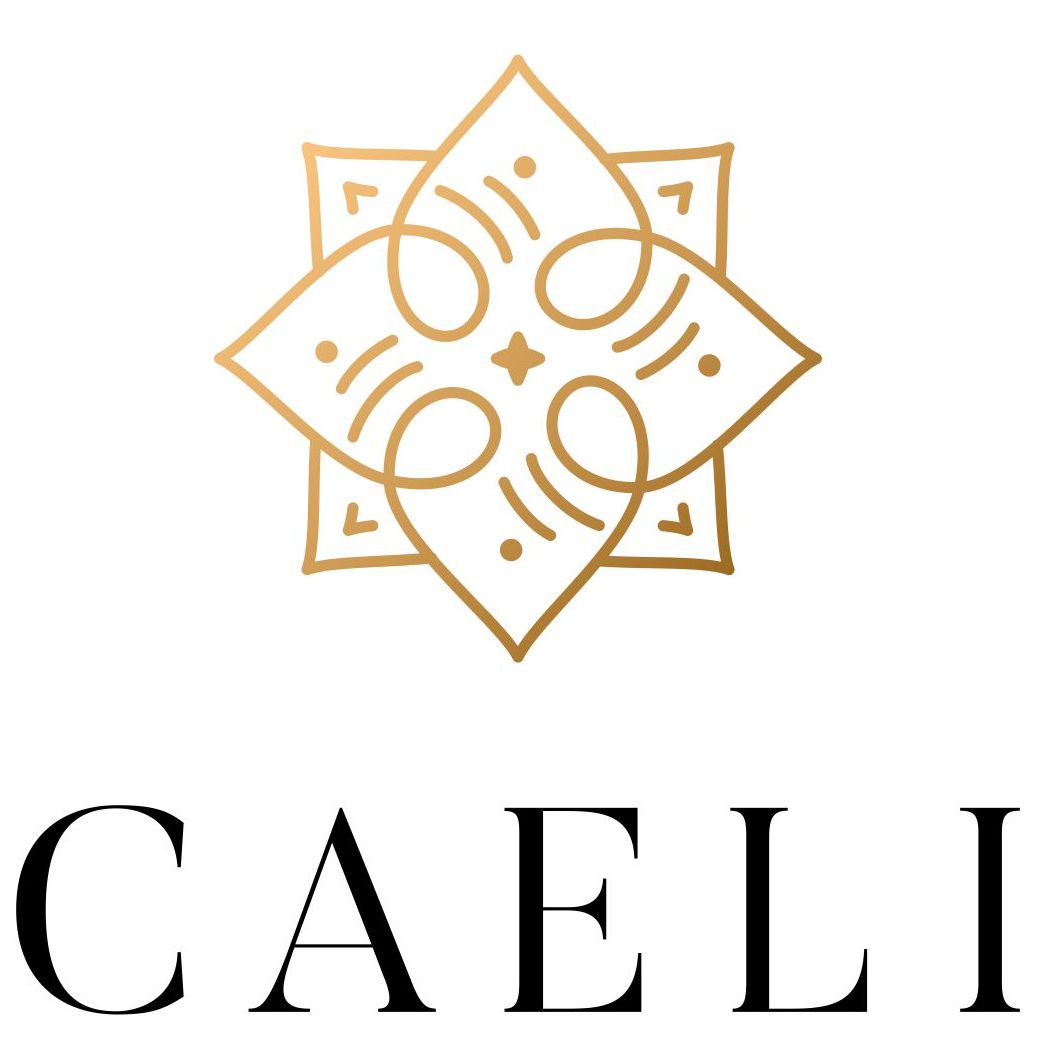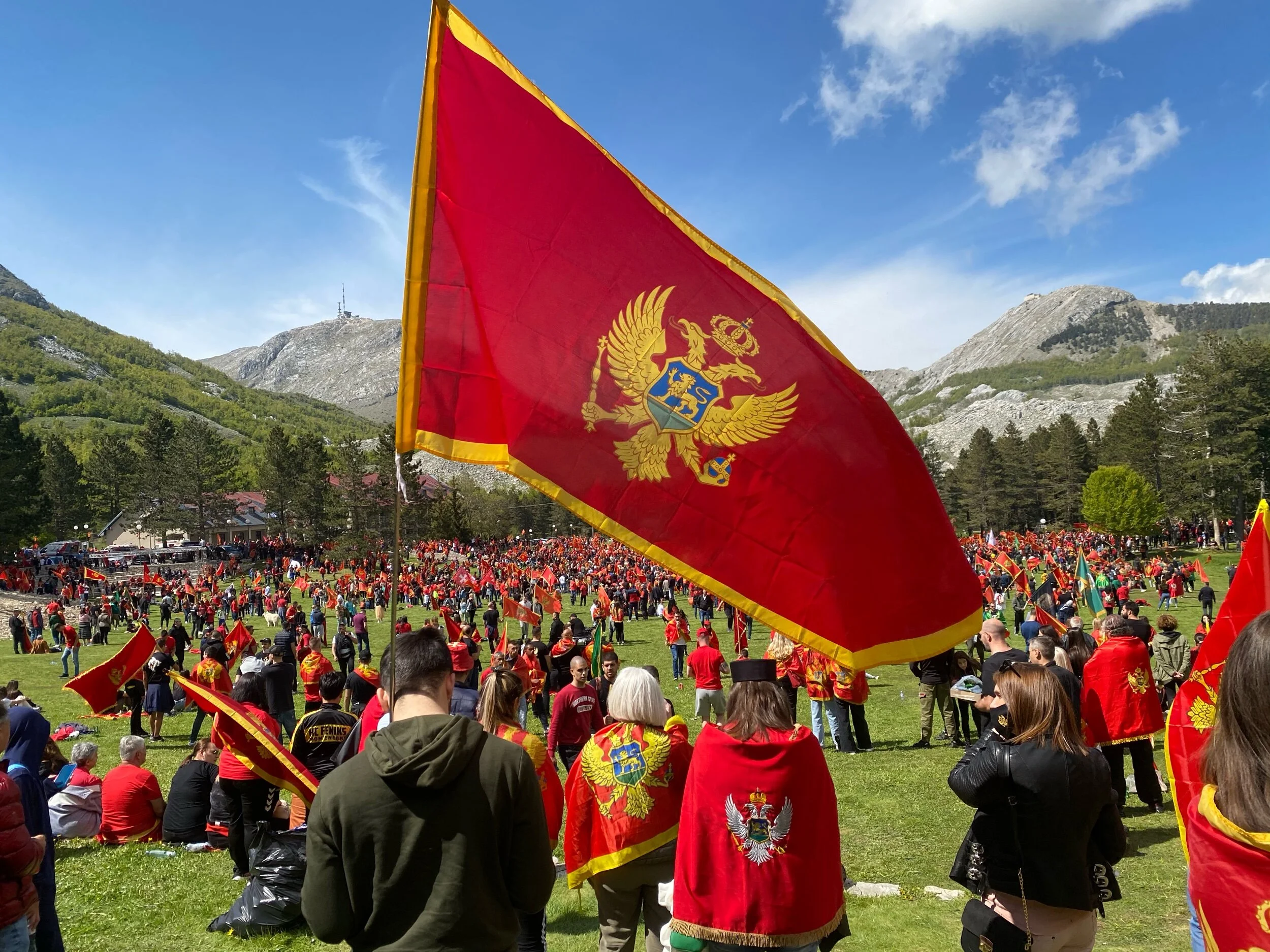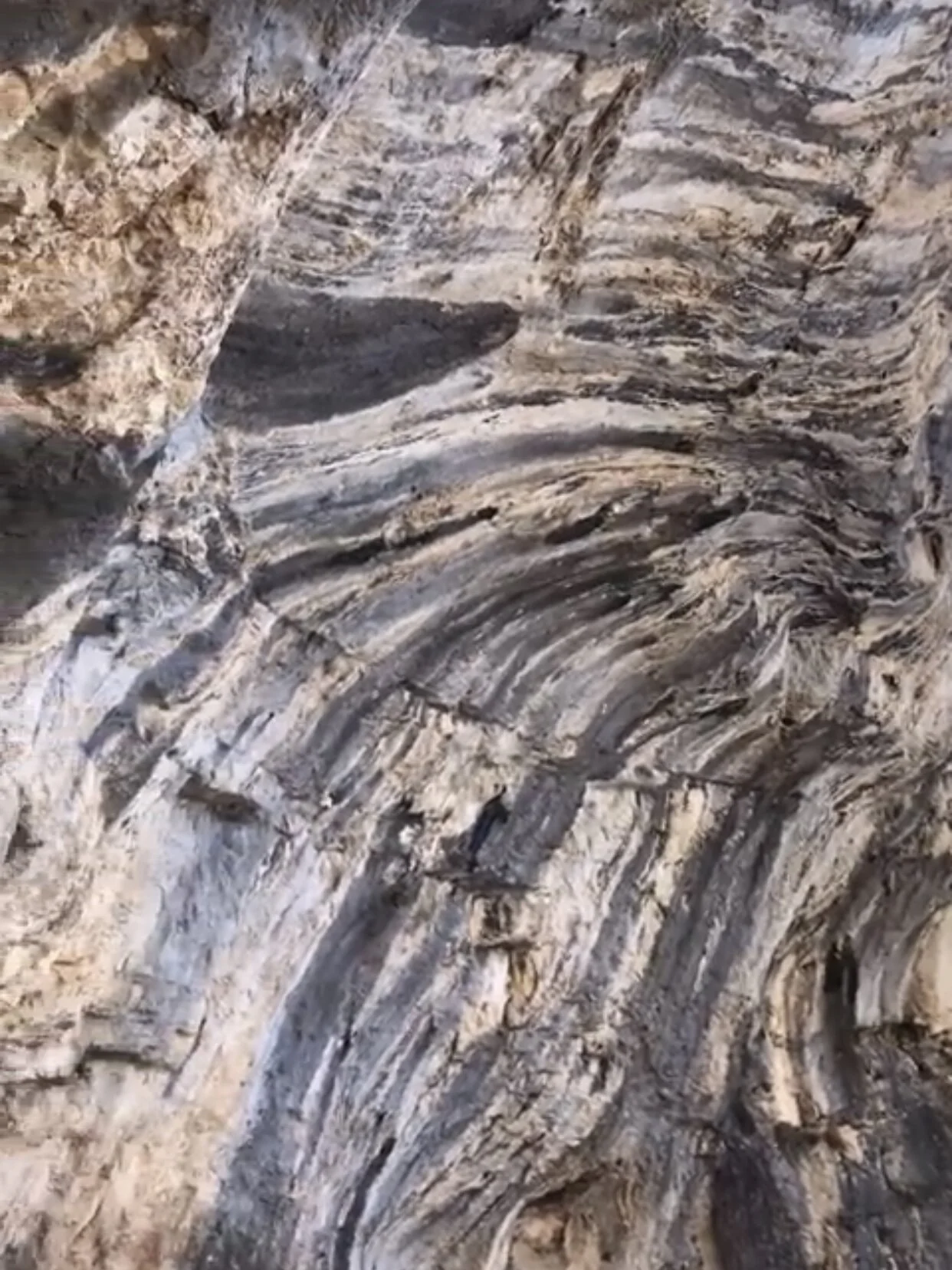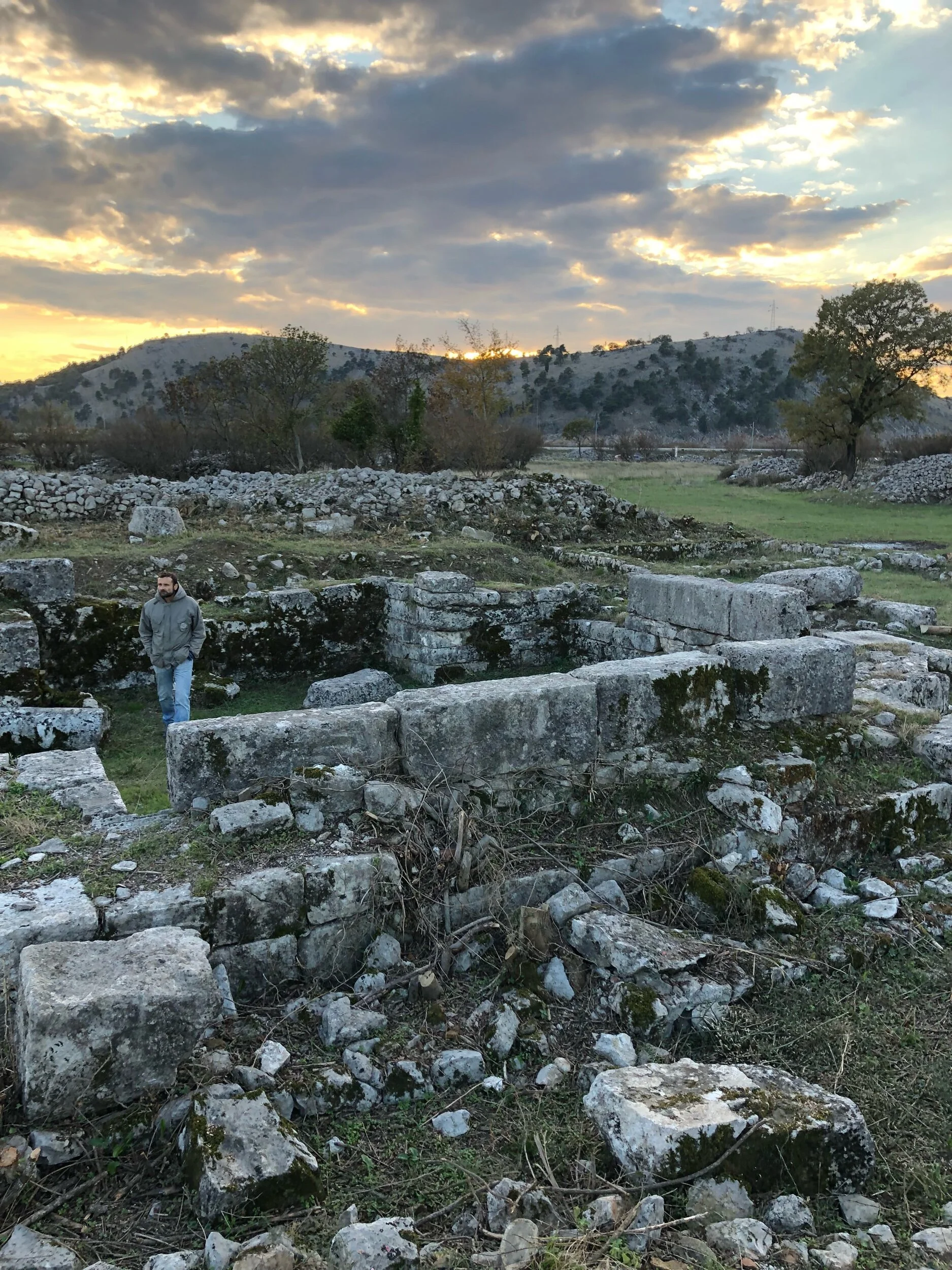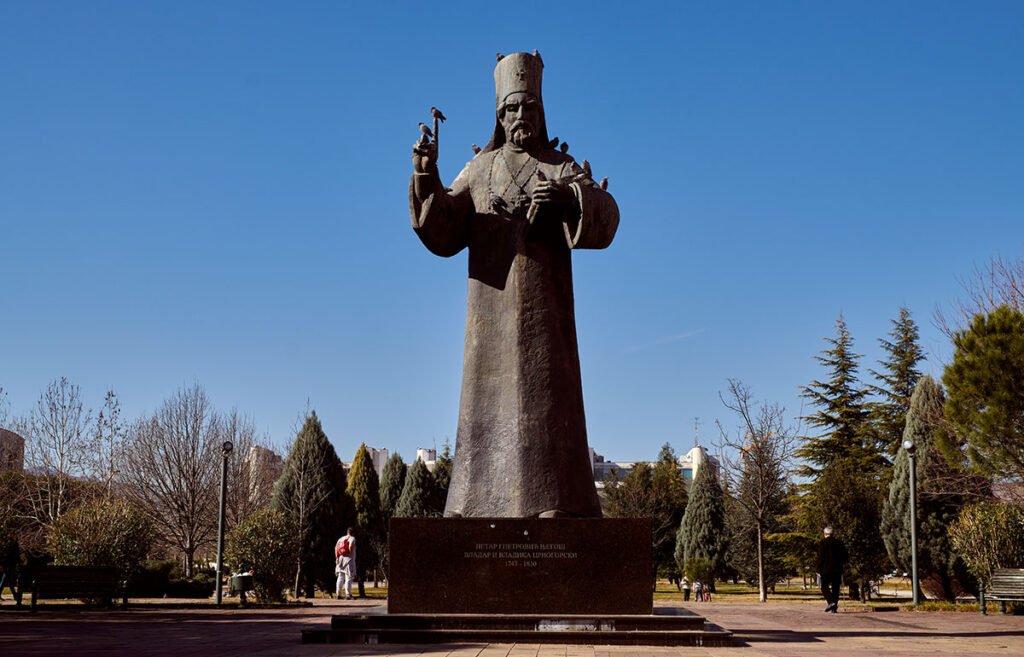Montenegro throughout the centuries
Celebrating the Indipendence day in Montenegro, 21st May 2021
The territory of Montenegro is pretty small – only 13 812 km2. Nevertheless, it has a long and turbulent history. Everywhere you turn, you will find ancient monuments, archeological sites, churches and monasteries witnessing civilization through the ages.
7th Millennium BC
Archaeological findings prove that the territory of present-day Montenegro was inhabited as early as the Stone Age. There are several preserved sites such as Crvena Stijena - Red Cave near Niksic and the border with Bosnia with 31 layers of cave sediments and 5000 artefacts found in the cave, the oldest being 180 000 years old. Second important archeological site is a cave in the village of Lipci near Risan showing the drawings of the deer hunt and swastika symbols.
Although the signs of civilization date back to the 7th millennium BC, most of the archeological remains date from the 4th millennium BC, proving that the small towns that were established in that period had active trade with Eastern Europe - the remains are related to agriculture, pottery and copper smelting.
6th Century BC
Around 6th Century BC, Illyrian tribes settled in Montenegro, building towns and fortifications. They used iron to make swords and agricultural tools. Material remainders of their civilization can be found throughout Montenegro
4th Century BC
The Illyrians traded with the Greeks, who established the first trading centers along the Mediterranean coast in the 4th century BC. The most important Greek settlement was the present town of Budva. The peak of the Hellenistic period was between the 3rd and 2nd century BC. During this time the Celts settled in the northern part of present-day Montenegro.
2nd Century BC
Romans - In 168 BC the Romans conquered the Greeks and Illyrians and formed a new province called Prevalis. They built new roads and towns and gradually assimilated the existing population.
The most important urban settlement and centre of the province was the town of Doclea (1st century).
4th Century
When the Emperor Theodosius died in 395 AD, the Roman Empire split into two, Bokokotorski Bay area remained under the Western Empire, while the rest of the country came under Byzantium.
6th Century
Slavs - Slavic tribes arrived from their motherland - which was in present-day Poland and the Baltic, and gradually settled on the territory of Prevalis. They accepted Christianity very quickly, and the first Slavic state was formed under the formal sovereignty of the Byzantine Empire.
9th Century
The first mini-state, formed by one of the stronger Slavic tribes, emerged under a chieftain of Zupa called Vlastimir, who resisted Bulgarian expansion and acknowledged Byzantine sovereignty. This encouraged one of the emperors to undertake the religious conversion of the Serb tribes living in the area and he sent Cyril the Evangelist to translate the scriptures into the local dialect and create a new written language - now known as Old Church Slavonic and Cyrillic (Ћирилица).
Kosta Mandrović (1885) illustration of Vlastimir
11th Century
The period of Duklja (Doclea) began in 1040 when the first Duke, Vladimir I Vojisavljevic, acquired independence for the state. Its territory is the basis for all subsequent phases in Montenegro's development. In 1077 Duklja became a kingdom named Zeta, under the rule of Mihailo Vojisavljevic who was acknowledged by Pope Gregory VII as Sclavorum Regi - King of the Slavs.
12th - 14th Century
By the end of the 12th century, the rulers of Zeta were Serbian kings. The Nemanjic Dynasty ruled from 1186 until 1356 when the mighty feudal Balsic family emerged and Zeta regained its independence under their rule. They achieved territorial expansion through battles against neighbouring states.
In 1348 Montenegro was for the first time mentioned in Italian sources by its original name Cerna Gora. Its Italian name "Montenegro" was introduced into all Western European languages.
15th Century
This was the period of the Crnojevic Dynasty. When the Ottoman Empire arrived threatening the state's security, the coastal towns sought protection from the Venetians who moved in and kept the coast until 1797. In 1482, Ivan Crnojevic moved his seat from Zabljak on Lake Skadar and built a palace and monastery in the Cetinje valley, where he could fight the invaders more easily.
1493
During the reign of Djuradj Crnojevic, the first printing house among the South Slavs was established and the first printed book "Oktoih" was published in the Cyrilic alphabet in 1494.
Oktoih book, dating from late 14th century is kept in National Library of Montenegro. Source: National Library of Montenegro.
1496
Turks - In 1496 Ottoman troops invaded the country and Montenegro became part of the Ottoman Empire. After establishing their rule in Montenegro, the Turks annexed it as part of the province of Skadar. In the next two centuries Montenegro saw constant rebellions - although Cetinje was attacked 3 times in the late 17th and then early 18th century, the Turks were never able to conquer it.
The Age of the Bishops - Djuradj Crnojevic was forced into exile. Before his departure he appointed the prince-bishop (Vladika) as his successor. Cetinje Monastery, the seat of the Montenegrin bishops, became the spiritual centre of the liberation forces. As Orthodox bishops, the "vladikas" were required to be celibate, and initially the succession was elective, but Danilo I nominated his own heir and subsequently the hereditary theocracy remained vested in the Petrovic Dynasty, invariably passing from uncle to nephew.
1712
A small Montenegrin force defeated the 35,000 Turkish soldiers at Carev Laz. This battle represents a turning point in Montenegrin history. Danilo I was not only a successful general, he proved to be a successful diplomat; his strategic alliances brought financial aid and modest territorial gains.
His successor, Petar I Petrovic Njegos, proved to be even more successful - he defeated the Turks in a series of battles, and under his reign won independence back in 1799.
19th Century
Petar I united the ever-quarrelling tribes, and strengthened connections with the Montenegrin coastal population, which was under Austrian domination. When Petar I died in 1830, he was proclaimed saint of the Montenegrin Orthodox Church, St. Peter of Cetinje (Sveti Petar Cetinjski).
The early 19th century saw considerable social change in Montenegro, especially after the succession of Petar II Petrovic-Njegos, who was the most outstanding of all Montenegrin rulers. He laid the foundations of the subsequent kingdom and modern Montenegro and organized the central government comprising a senate, a 32-man Guardia, and Perjanici (who acted as the police force). He is not only remembered as a remarkable state leader, but as the greatest Montenegrin poet and philosopher.
Petar II died in 1851, and was succeeded by his nephew Danilo II Petrovic, who was the first secular leader, after three and a half centuries of rule by bishops.
1852
In 1852, Montenegro was proclaimed a principality and Danilo II became prince. After a great military victory over the Turks at Grahovo in 1858, he reached an agreement on demarcation with the Ottoman Empire. Cruel in opposing tribal divisions, he built up a strong resistance and was assassinated in Kotor in 1860.
1860
King Nikola I - The last ruler from the Petrovic-Njegos Dynasty was Prince Nikola, who later became King Nikola I. He came to the throne at the age of 19. After victory over the Turkish army in 1876, Montenegro regained the coastal towns of Bar and Ulcinj and returned the towns of Podgorica, Niksic and Kolasin to within Montenegro's borders. This was recognized by the decision of the Berlin Congress in 1878 when Montenegro became a fully recognized state.
King Nikola I was also a social reformer. He introduced free elementary education, a Girls' Institute for elementary teachers, an agricultural college, post and telegraph offices and a network of roads and railways. Business boomed and a number of embassies opened in Cetinje. He had three sons and nine daughters; six of them were married to royal or aristocratic Europeans, including Grand Duke Petar of Russia and King Victor Emmanuel of Italy, and became invaluable political assets.
20th Century
In 1912 Montenegro saw the start of the Balkan wars against Turkey. Montenegro was again victorious, but the Montenegrins paid a high price in casualties.
World War I - Montenegro joined Serbia and the Allies in World War I. After surrendering to Austro-German troops in 1916, King Nikola I and his government left the country and went into exile. In 1918 at the Paris Peace Conference, Montenegro lost its sovereignty and become one of the provinces in the newly established Kingdom of Yugoslavia.
1941
World War II for Yugoslavia began in April 1941, and after a couple of weeks, the country was conquered by Germany and Italy. Montenegro came under Italian occupation. An armed struggle against the fascist rule broke out on July 13th, 1941 and greatly contributed to the anti-fascist struggle in Yugoslavia.
1945
Tito and Yugoslavia - During World War II the anti-fascist movement re-established the constitutional and legal status of Montenegro. In 1945, it became one of the six republics within the renewed Yugoslav Federation under the communist rule of Josip Broz Tito.
During his visit to Cetinje on May 1, 1969, Josip Broz Tito and his wife Jovanka visited the National Museum of Montenegro in Cetinje. Photo source: Art Montenegro
1991
Following the disintegration of the Socialist Federative Republic of Yugoslavia in 1991, war broke out in neighboring Croatia and Bosnia and Herzegovina. In 1992, Montenegro and Serbia became the two federal units in the Federal Republic of Yugoslavia.
Old Map of Serbia and Montenegro. Photo source Wiki Atlas of World History
2003
After 2003, Montenegro was one of the two constituents of the Union of Serbia and Montenegro.
2006
21 May - Referendum - Montenegro citizens voted for independence and the Republic of Montenegro was admitted as a member of the United Nations by General Assembly Resolution 60/264 of 28 June 2006.
Montenegro independence day. Photo source: senat.me
